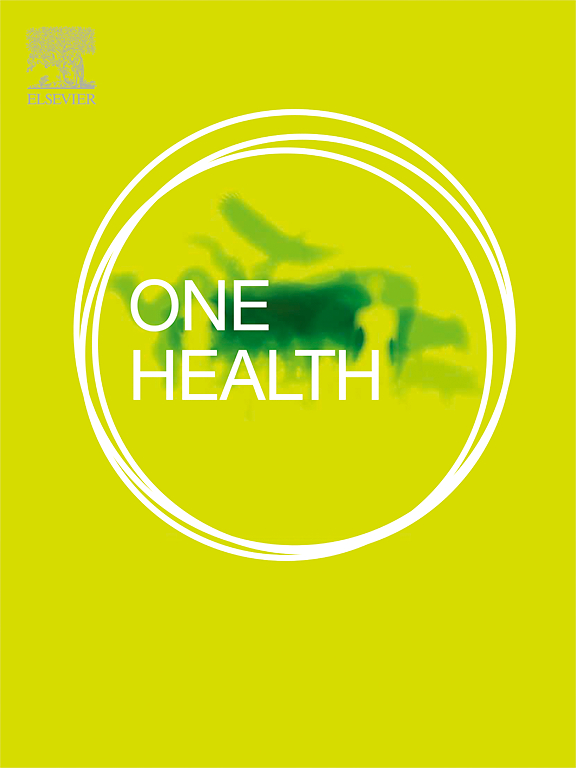Disinfectants and one health review: The role of reactive oxygen species in the bactericidal activity of chlorine against Salmonella
IF 4.1
2区 医学
Q1 INFECTIOUS DISEASES
引用次数: 0
Abstract
Salmonella are among the most common foodborne pathogens in humans, and they are associated with mild to severe diseases commonly referred to as salmonellosis. The genus resides in various animals' intestinal tracts, including humans. It is one of the most diverse genera of bacteria, including over 2500 serovars. Consumption of poultry products contaminated with Salmonella is a significant source of disease transmission in humans. Because of this food safety concern, the poultry industry and governments spend billions of dollars on Salmonella containment methods. However, a completely effective strategy is yet to be established. Chlorine has been commonly used as a disinfectant in the poultry industry. In humans, antibiotic therapy is the primary means for managing Salmonella infection. However, widespread use of both compounds at sub-inhibitory concentrations has allowed resistant strains to emerge and rapidly spread globally. Both antimicrobial compounds involve generating reactive oxygen species (ROS) as a bactericidal mechanism of action. However, ROS generation and its association with bacterial survival and growth inhibition have not been widely explored. Thus, a better understanding of ROS generation during antimicrobial treatments may help devise better Salmonella containment strategies.
求助全文
约1分钟内获得全文
求助全文
来源期刊

One Health
Medicine-Infectious Diseases
CiteScore
8.10
自引率
4.00%
发文量
95
审稿时长
18 weeks
期刊介绍:
One Health - a Gold Open Access journal.
The mission of One Health is to provide a platform for rapid communication of high quality scientific knowledge on inter- and intra-species pathogen transmission, bringing together leading experts in virology, bacteriology, parasitology, mycology, vectors and vector-borne diseases, tropical health, veterinary sciences, pathology, immunology, food safety, mathematical modelling, epidemiology, public health research and emergency preparedness. As a Gold Open Access journal, a fee is payable on acceptance of the paper. Please see the Guide for Authors for more information.
Submissions to the following categories are welcome:
Virology,
Bacteriology,
Parasitology,
Mycology,
Vectors and vector-borne diseases,
Co-infections and co-morbidities,
Disease spatial surveillance,
Modelling,
Tropical Health,
Discovery,
Ecosystem Health,
Public Health.
 求助内容:
求助内容: 应助结果提醒方式:
应助结果提醒方式:


